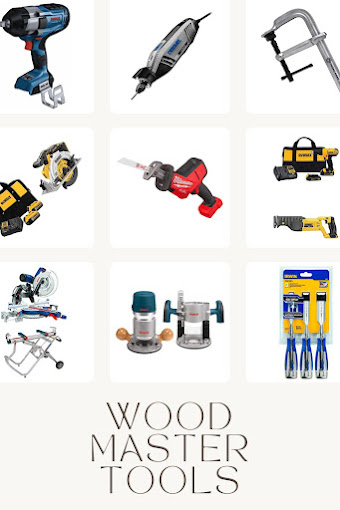Have you ever looked at a beautifully decorated room and wondered how to achieve that perfect balance between style and functionality? Look no further than the DIY floating shelf! In this article, we'll dive into the world of interior design and woodworking to show you how to create stunning and versatile floating shelves for your home. From adding extra storage to displaying your favorite decor, these shelves will transform your walls into a work of art!
Section 1: The Magic of Floating Shelves
What makes floating shelves so special? Well, they seem to defy gravity, giving the illusion that they're magically attached to the wall without any visible support. This sleek and minimalist design not only adds a touch of elegance to your space but also creates an airy and spacious feel. Whether you're a seasoned DIY enthusiast or a newbie to the craft, these shelves are a perfect project to showcase your creativity.
Section 2: Gather Your Materials
To embark on this DIY adventure, you'll need a few essential materials:
- Wood (choose a sturdy and visually appealing option like oak, pine, or walnut)
- Measuring tape
- Level
- Pencil
- Saw
- Sandpaper
- Wood glue
- Wall anchors or brackets
- Screws
- Paint or wood stain (optional)
Section 3: Measure Twice, Cut Once
Before you start cutting the wood, take precise measurements of the area where you want to install the floating shelves. Consider the length, width, and depth of the shelves, ensuring they fit your intended purpose. Remember, accuracy is the key to achieving professional-looking results.
Section 4: Sawing the Wood
With your measurements in hand, it's time to cut the wood. Use a saw to make clean and straight cuts according to your desired shelf dimensions. If you're new to sawing, take it slow and steady, and don't forget to wear safety goggles!
Section 5: Sanding for Smoothness
No one likes splinters, right? That's why sanding is an essential step in the process. Smooth out the rough edges and surfaces of the wood using sandpaper. This will not only improve the shelf's appearance but also make it safe to touch.
Section 6: Assembling the Shelf
Here comes the exciting part – assembling the floating shelf! Apply wood glue to the edges where the pieces will connect, then carefully join them together. Use clamps to hold everything in place until the glue dries. Double-check that the shelf is level and properly aligned before moving on to the next step.
Section 7: Installing Wall Anchors or Brackets
To ensure your floating shelf remains securely attached to the wall, you'll need to install wall anchors or brackets. These provide the hidden support that makes the shelf appear to float effortlessly. Use a level and measuring tape to position the anchors accurately.
Section 8: Mounting the Shelf
With the wall anchors in place, it's time to mount your floating shelf. Gently slide it onto the anchors, making sure it fits snugly and aligns with your desired placement. Secure the shelf with screws to ensure it stays firmly in place.
Section 9: The Finishing Touches
Your DIY floating shelf is now taking shape! If you want to add a personal touch, consider painting or staining the wood to match your room's decor. A pop of color can make the shelf stand out or blend seamlessly with its surroundings.
Congratulations, you've successfully crafted your very own DIY floating shelf! You've learned the art of precision measurements, woodworking, and hidden supports, all while creating a stylish and functional addition to your living space. These floating shelves provide a captivating way to display your cherished items while keeping your walls clutter-free.
Remember, the beauty of DIY projects lies not only in the end result but also in the joy of creating something with your own hands. So, go ahead and explore the world of floating shelves, and let your imagination soar as you design and craft these magical pieces of wall art! Happy DIY-ing!







No comments:
Post a Comment